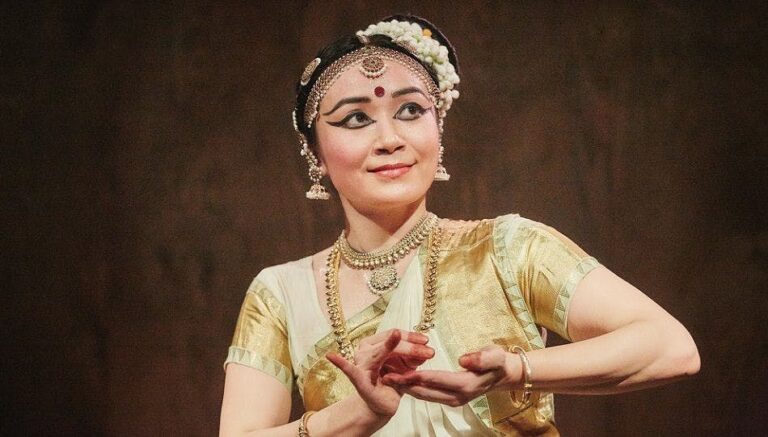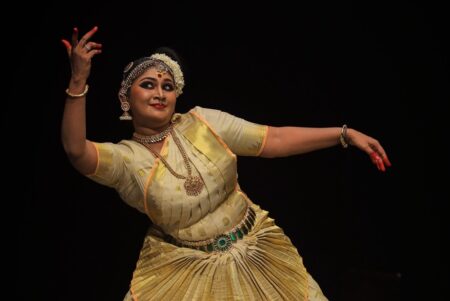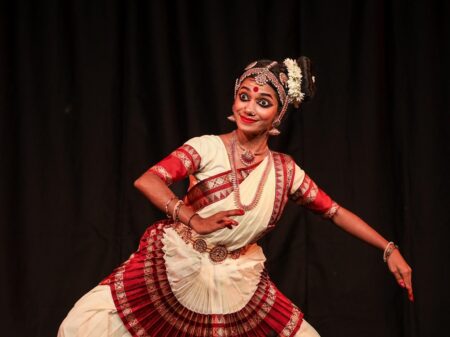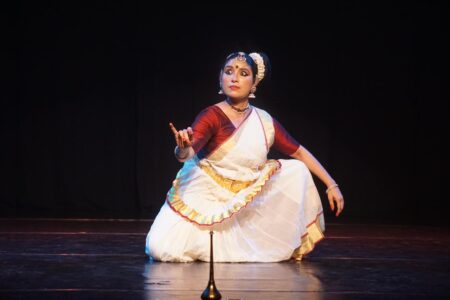Codified hand gestures, called Mudras, are integral part of Indian classical dance and even erodes into contemporary forms.
People across the world are using sign language for communication from time immemorial. There are several methods and using ‘Mudras’ or ‘Hastas’ is one among them. It is also called ‘hand gestures’. Generally speaking the term ‘Mudra’ has several connotations. There are ‘Mudras’ to communicate a meaning, to transmit a message, or to be used symbolically. It can also be used to symbolically depict an invisible object or concept.
Generally speaking the two terms ‘Mudra’ and ‘Hasta’ are interchangeable. But at times, contextually they differ in their meanings. In Sanskrit language the terms ‘Sanketam’(Symbol)’ ‘Ingitam’ (intuition), ‘Angavikshepam’ (Gesture), ‘Soochana ’(Hint), Acting, and Mudra, all are related to Mudra or ‘Hasta’.
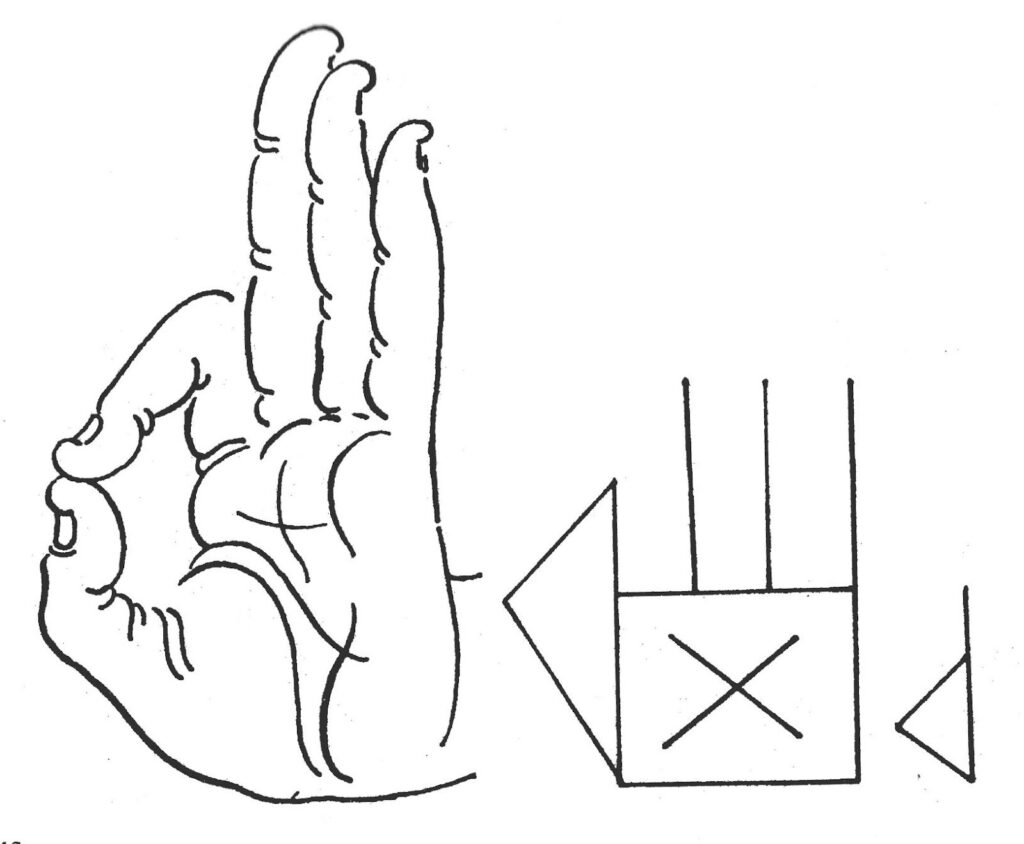
In the Tamil works ‘Panchamarab’ and Chilappathikaram ‘Kai’ is the term used for ‘Hasta’. For example, it is explained in the chapter ‘Arangettam’ that the dancer Madhavi used ‘Pindi’ (single hand/not joined/ ottakkai), Pinayal (joined hand/ samyuta hasta/ erattakkai), Ezhirkai( Shobhakkai or Nrithakkai) and Thozhirkkai (communicative hand/ Abhinayakkai) in her debut. In dance and dance dramas hand gestures are referred by various terms like Mudra, kaimudra, Kai, Hastam, Hastamudra, Kaikattu, Nerkkaikattu, and so on.
Our gurus still use the terms ‘Kaikattu’, ‘Nerkaikattu’and so on while training their students in the Kalari (the place where they dance). Perhaps ‘Mudras’ originated from the ancient system of using hand gestures while reciting the ‘Vedas’. We come to know about it while learning the ‘Hastas’. Special ‘Swaras’ were used while reciting Vedas. Especially in Kerala, Swaras are given more importance in the recital of Vedas. It is a system where the marking on the fingers are depended on. They are called Udatha, Anudatha, Swarita, and Prachya.
In order to avoid errors while reciting the ‘Vedas’, these Mudras are used with the correct signs. These are called the ‘Veda Mudras’. In the scientific work ‘Natyasastra Sangraha’ (Summary of Natyasastra), musical notes are given some Mudras.
Today in India these hand gestures are used in different ways in different styles of dances. While acting (as per the requirement), the acting hand used for showing the Mudras is held in different position; towards the front, side, up and down.
Mudras are given prominent place in Tantric worship. It could be self-experienced and could be used as a language to communicate the meaning of ‘Hasta’ to others.
Mudras in worship
There are mainly three types of Mudras in the worship of God namely, the Vaishnava mudras, the Shaiva Mudras and the Shakteya Mudras. In the Vaishnava tradition it is the Mudras that make a man a Vaishnava.
In the Shaiva tradition the disciple is initiated sitting in the Trisulabja Padmam and the Asana is shown. It is said that when the disciple sees the mudras after the offerings, he could attain that particularmental level.
In the Saktheya tradition Mudras are very important. Meditation, offering, and every other thing related to worship is done through Mudras. They are meaningful also.
In tantras
Mudras are used for meditation and worship. Mantra (Invocation) is not compulsory. Meditation is done holding certain Mudras. Particular Mudras are used for particular state of mind. A particular Bhava in the mind give rise to certain symptoms in the body. This can happen in the other way round also. The principle that the body gestures or Mudras bring about the corresponding Bhavas in the mind is thus arrived.
For this reason it is believed that one can communicate with God through body gestures. Devotees say that they communicate with God through Mudras and attain the state of happiness. That is why it is said ‘Mudam Trayati Mudra’, meaning that which gives Mudam (Happiness) is Mudra.
Hand gestures, as can be seen, is a language that communicates the culture, experiences and life that thrives in this universe. It is the universal language that encompasses body and movement and has transcended cultures across millennia, just like dance
Over centuries, Mudra-s have evolved into a codified system adapted to different dance and theatre styles and are comprehensive topics in their own rights.
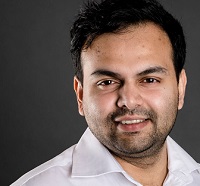
Photo Courtesy: Natanakairali Archives
Next part of this series will discuss the repertoire in Mohiniyattam.
Click here to read the earlier articles in this series

